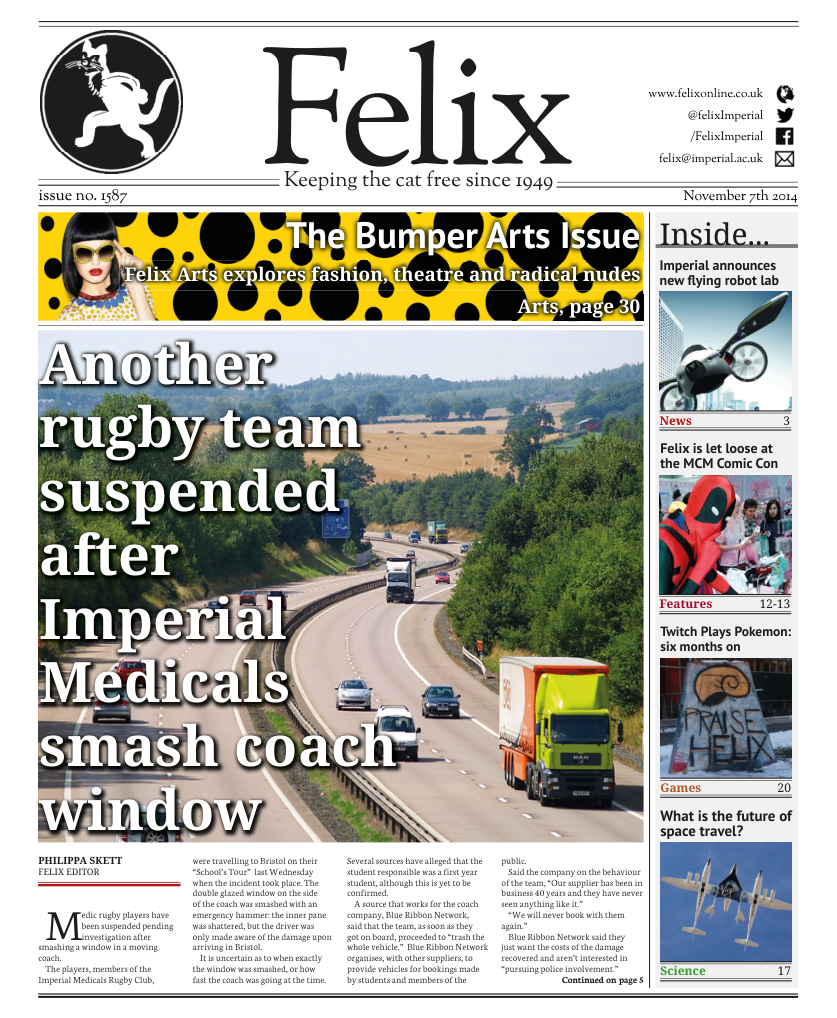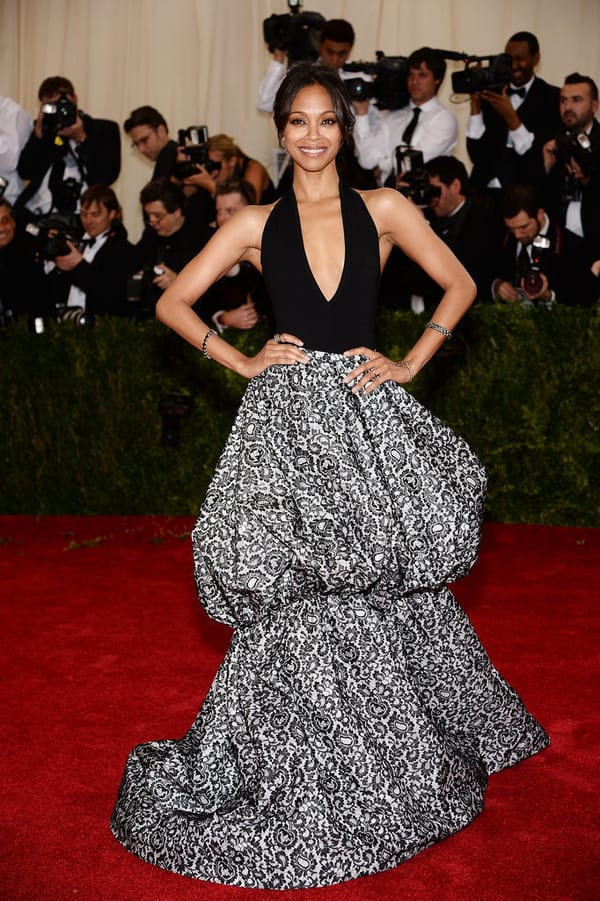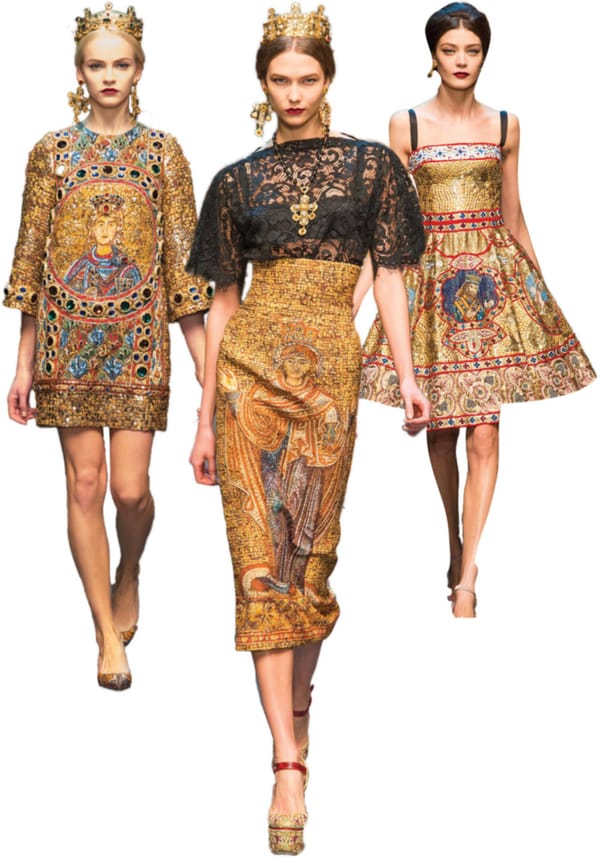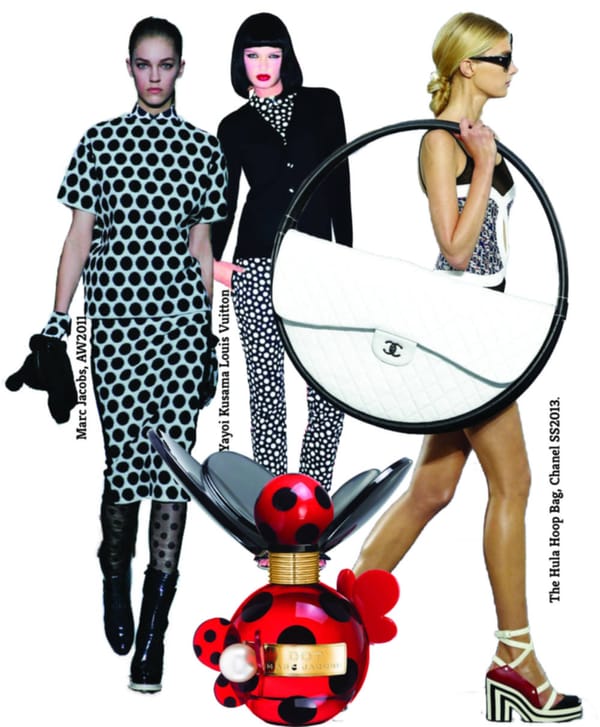Wedding Dresses: An Exhibition at the V&A
Cecile Borkhataria takes a look at dresses from 1775 onwards
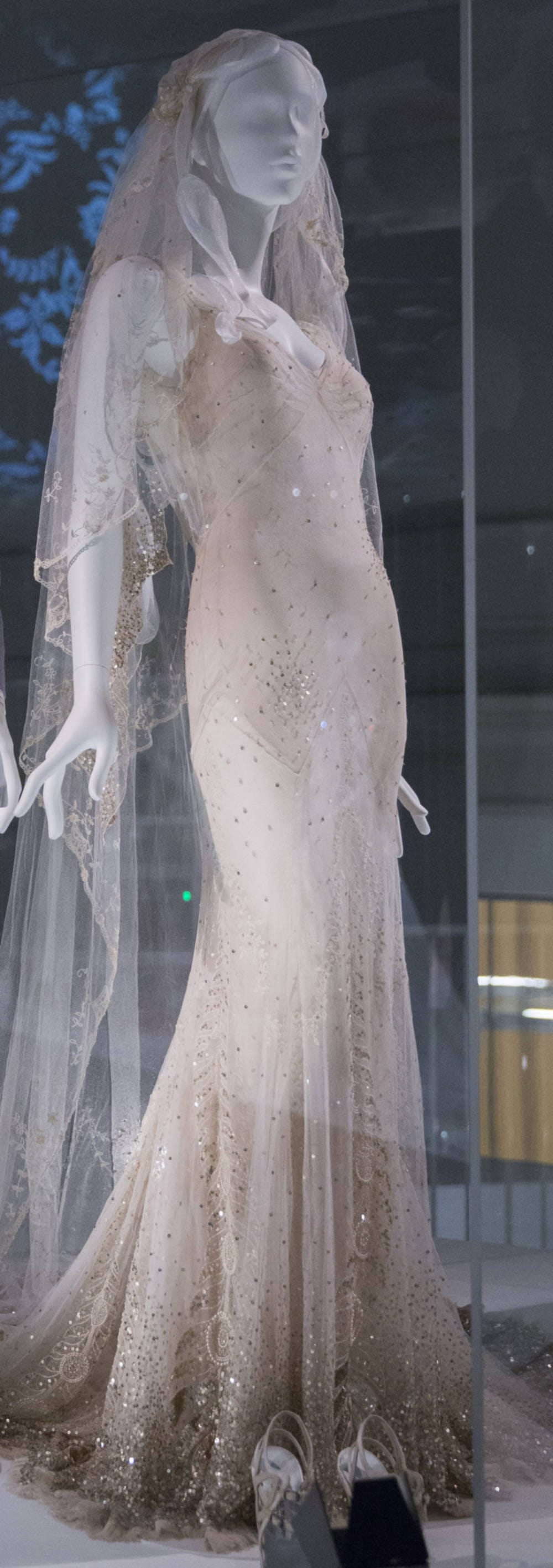
Today, brides of many faiths and nationalities wear white to celebrate their marriages, even in countres where it is not traditional to do so. The globalisation phenomenon and the influence and strength of the wedding industry have contributed to this homogenisation in wedding trends. The white dress has become the universal symbol of the bride.
However, this wasn’t always the case. The wedding dress exhibition at the Victoria and Albert Museum in South Kensington showcases over 80 extravagant wedding gowns from 1775 up to present day. Displayed chronologically over two floors, the outfits displayed were mostly worn in Britain.
The exhibition also includes the accessories worn by the brides. Some of the higlights of the exhibiton include Kate Moss’ wedding dress, designed by John Galliano, the Duchess of Cornwall’s coat and headpiece worn at her marriage to HRH The Prince of Wales, and the bright pink Dior dress worn by Gwen Stefani on her wedding day to Gavin Rossdale.
The opening section of the exhibiton features early examples of bridal fashion, notably a silk brocade gown and petticoat, worn with a silk covered straw hat and silk satin shoes, worn by Jane Bailey for her marriage to James Wickham in 1780. In the 18th century, most royal and arisocratic bides wore silk gowns woven with gold and silver, whilst other brides at the time wore fabrics patterned with flowers and other motifs, as these designs could be worn again after the wedding. Bridal hats were also a big trend at the time, as the preserved modesty.
It was only in the 19th century that white dresses became more fashionable. In fact, a significant moment in wedding dress history took place when Queen Victoria wore a white dress for her marriage to Prince Albert in 1840. This cemented the white dress and the white veil as the dominant tradition for weddings for the next 200 years.
The beginning of the 20th century saw a radical change in bridal fashion, which became influenced by historical costumes. By the 1920’s, bridal fashion became heavily influenced by evening wear. Dresses were no longer diaphanous and full, instead, they were slim-hipped and made from rich, beaded fabrics or satins. Lace, pale gold, pale pinks and velvet became common styles for wedding gowns in the roaring 20’s.
During the Second World War, the ‘austerity look’ arose. When clothing restrictions and rationing were put in place, brides had to be practical with the types of fabrics they used for their wedding gowns. Some borrowed or hired dresses, whilst others used non-rationed fabrics such as upholstery, net curtaining and even parachute silk. Alternatively, some women chose to wear a smart day dress or service uniform. During this time, the British fashion indsutry had hoped that the war would reduce Paris’s dominance of the international fashion market, but Christian Dior’s debut collection in 1947 only solidified Paris’ place as the fashion capital of the world. At the time, the British government criticised the new Dior look for being too impractical and luxurious, with its long full skirts not in line with austerity measures. Despite these criticisms, British women were still entranced by the designer’s luxurious style.
By the 1960’s, ready to wear clothing began to challenge the dominance of couture designers. Innovative styles were marketed to young clientele, and this married well with the cultural and style revolution that took place at the time.
The ground floor of the exhibition features styles from 1775-1950, whilst the mezzanine level features wedding styles from the 1960’s to 2014. The mezzanine collection includes some of the most up to date bridal designs by Jenny Peckham and Temperley Bridal, as well as celebrity gowns.
The exhibiton is showing at the V&A until March 15th 2015 (Travel Partner Kuoni, supported by Waterford Crystal and Monsoon Bridal.)

